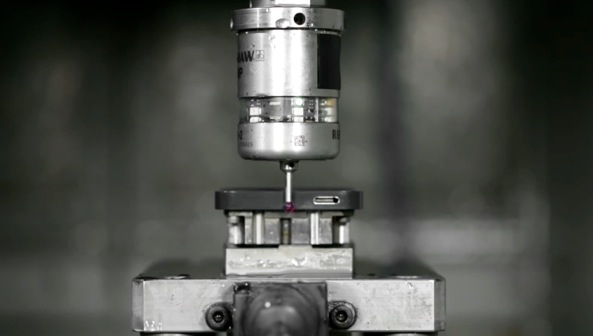
Abercrombie and Fitch was first established as an outdoor gear shop in 1892 and has gone on to become one of the most dominant casual luxury clothing stores. It has a lot of loyal customers and a strong brand image because it produces consumer centric products. A&F works towards providing the customers with value by producing high quality products that are very sustainable. The company uses higher quality inputs to produce and makes sure to provide customers a benefit that exceeds the cost. In other words, A&F wants the value perceived by customers to be higher than the value the customers perceive from competitors’.
Another key element that Abercrombie and Fitch uses to further strengthen brand image and create a strong point of difference is by providing the customers with one of the most unique in-store experiences in comparison to its competitors American Eagle, Aeropostale, The Gap, etc. The company uses dim lighting, loud abstract music, and a distinct smell to capture the consumers’ senses and provide them with a very distinct experience that further helps strengthen the brand image and establish a very strong point of difference. This establishes a wall around A&F in the market and it helps establish a long term strategy that keeps the competitors from mimicing them and creating a similar in-store experience.


